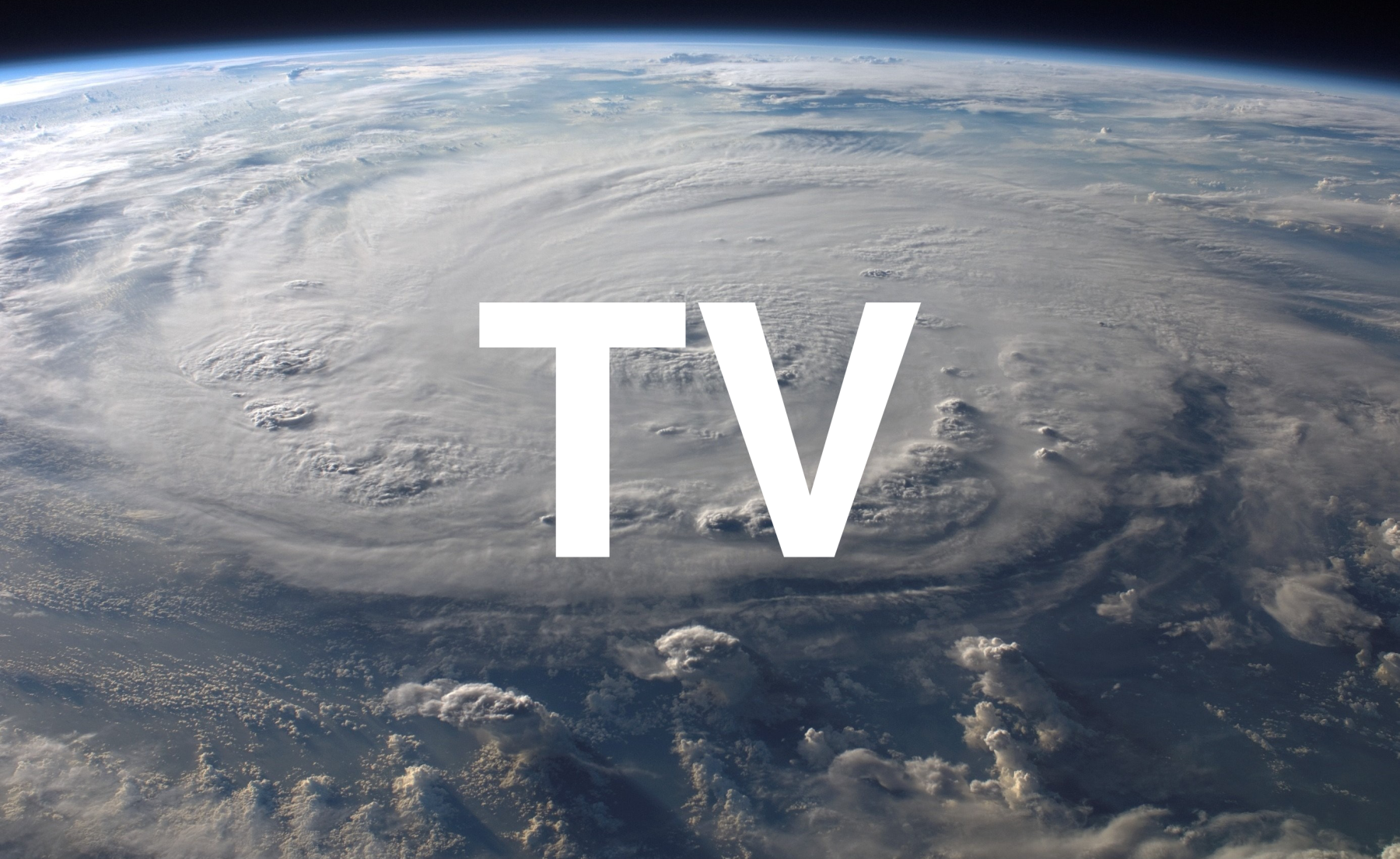
The impact of natural disasters on TV advertising
Last week, The New York Times reported that The Weather Channel, a cable and satellite channel focused solely on weather forecasts and hurricane coverage, averaged almost 1.3 million viewers during prime time over the first half of the week—a sizable increase from the average 150,000 viewers.
This increase was driven by hurricanes Harvey and Irma. For TV advertisers, the numbers beg the question—how do hurricanes, or natural disasters in general, affect TV advertising?
As viewership gravitates to news and weather channels, the impact is felt in both media-buying and performance. News and weather network inventory tightens up and spot pricing spikes. Some rates even double, mostly for morning and daytime rotations. Clients with bookings on these networks experience performance improvements, provided they are not preempted. Following the aftermath of these disasters, we will learn the extent to which clearance was impacted.
During these events, advertisers must weigh the gain in viewership alongside the higher pricing. The most notable improvement in performance was observed by those who had non-preemptible spend in place on news. With breaking news happening almost every quarter, this advocates for many advertisers to commit some budget to non-preemptible spend in news and possibly weather, assuming those genres generally perform.
It is also important to note that not everybody is continuously watching only news and weather channels or that all other stations are ignored during such catastrophic events. Therefore, in general, TV performance is not significantly impacted during natural disasters.
We hope this post sheds some light on this topic during the current times of adversity. Our thoughts and prayers are with the victims and families of those affected by these tragic events.

Brad Geving
I'm Head of Media Buying & Ops and I love it when a plan comes together.
Related
Why Q5 Remains One of The Most Wonderful Times of Year to Advertise on TV
Q5 isn’t a post-holiday lull—it’s a hidden goldmine where TV CPMs drop, engagement spikes, and smart brands grab premium inventory before the new year hits. Discover why this overlooked week can deliver some of the best performance of the entire season.
Read more
Tatari vs. The Trade Desk: Which Platform Delivers Better TV Buying and Measurement Across Linear, CTV, and OLV in 2025
Tatari and The Trade Desk both enable data-driven TV advertising, but they differ in focus and transparency. The Trade Desk is a programmatic DSP built for digital media, while Tatari is purpose-built for TV buying and measurement across linear, CTV, and OLV. Tatari offers direct publisher access, transparent pricing, and advanced attribution through incrementality and modeled ROAS. For advertisers seeking measurable outcomes and accountability in TV, Tatari delivers the strongest performance and control in 2025.
Read more
Tatari vs. Simulmedia: Which Platform Delivers Better TV Buying and Measurement Across Linear, CTV, and OLV in 2025
In 2025, Tatari and Simulmedia are two of the most recognized TV advertising platforms, each taking a distinct approach to convergent TV. Tatari emphasizes a convergent TV approach across Linear, CTV and online video, measurement-first performance, transparent pricing, and self-serve tools for advertisers that treat TV like a digital performance channel. Simulmedia focuses on scale, audience reach, and cross-channel optimization, leveraging its TV+ platform and Skybeam for CTV campaigns. This comparison outlines how each platform performs across channels supported, measurement and attribution, ease of use, cost transparency, and ROI potential, helping marketers choose the best partner for their goals.
Read more


